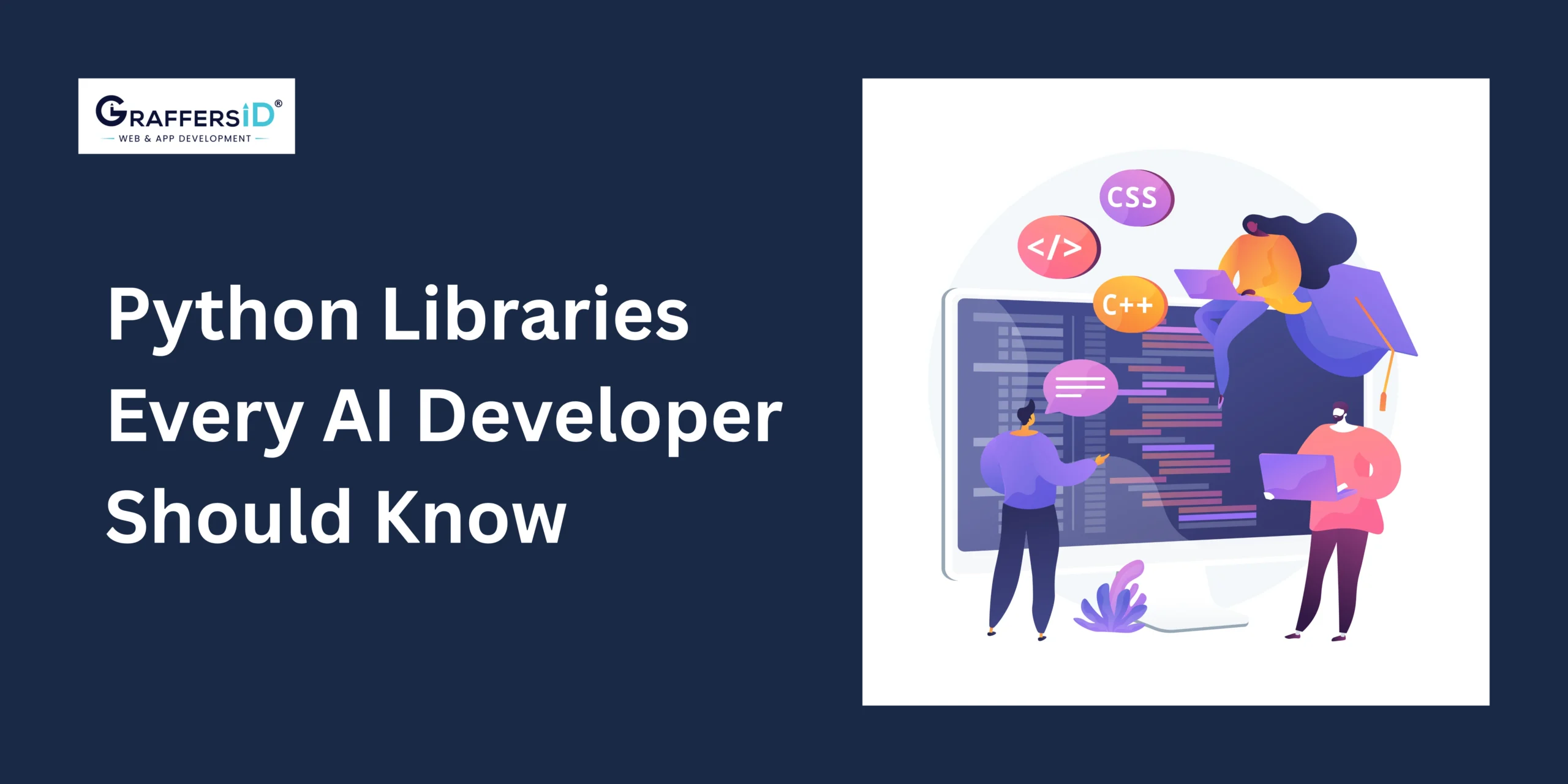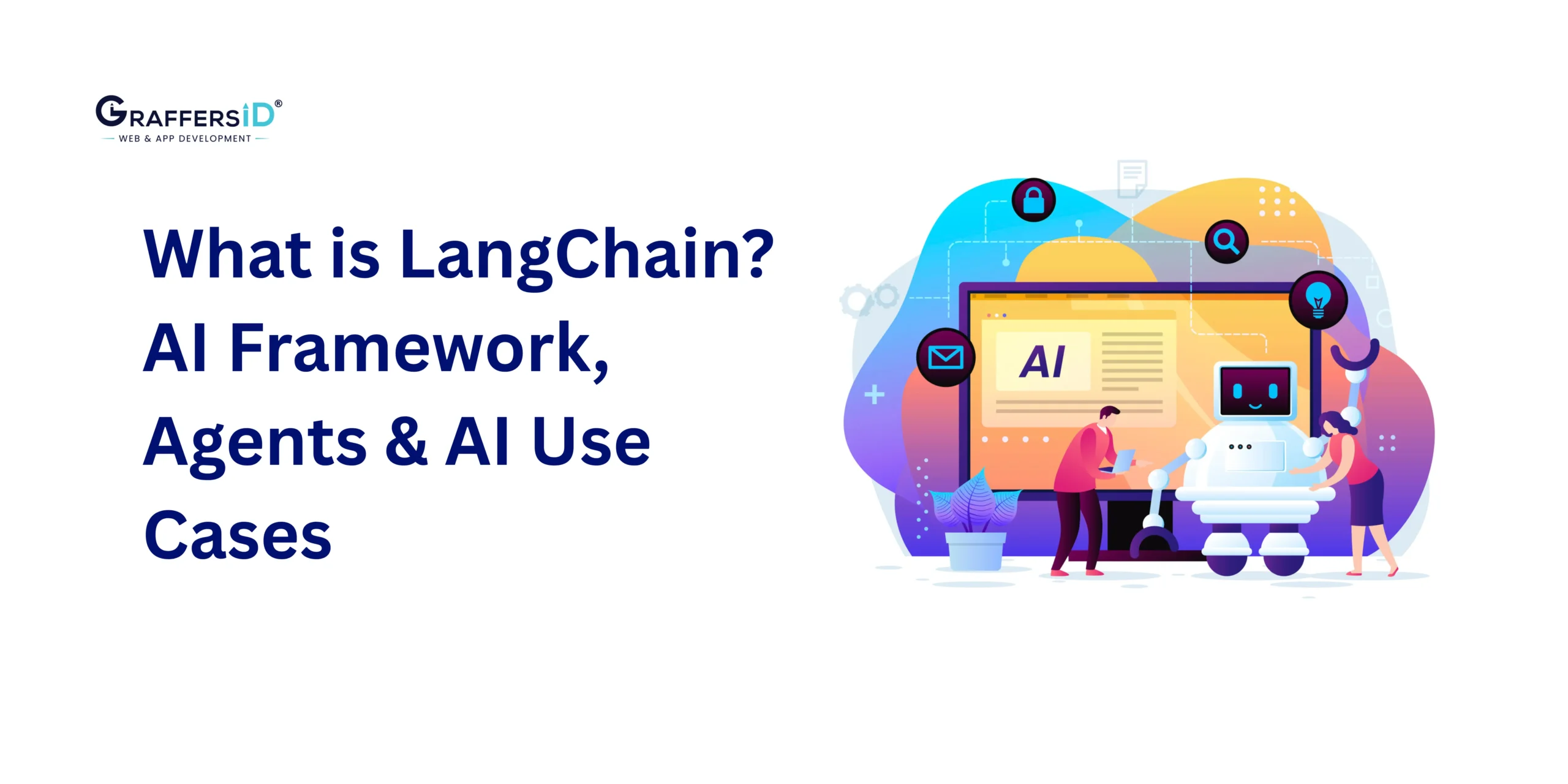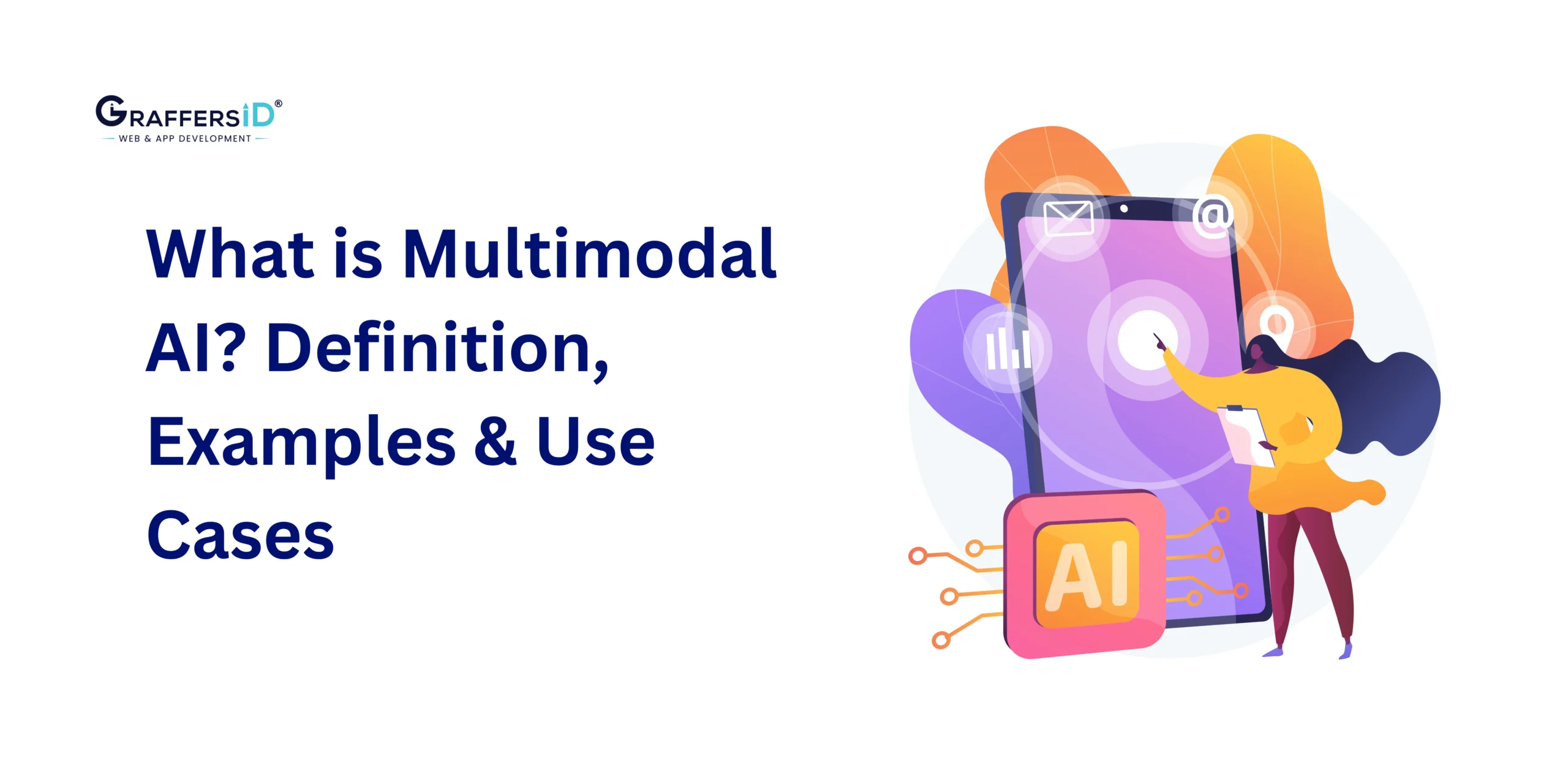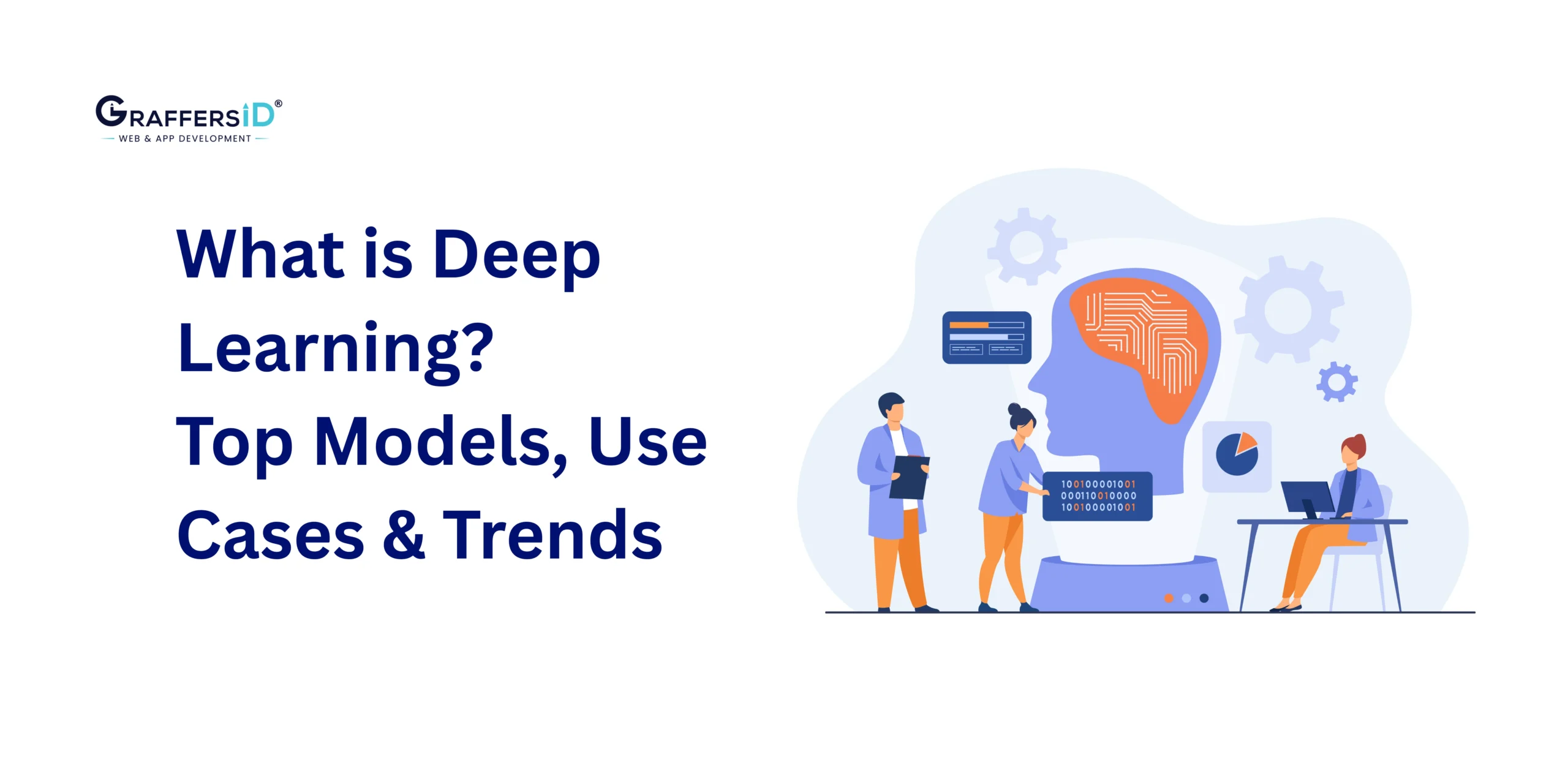Python is a popular programming language that is famous among developers because of its ease of use. Many external libraries in Python help developers add and adjust functionalities to carry out operations. This blog post will walk you through 5 libraries you must know about as an AI developer in 2025.
What Are Libraries in Python?

Python Libraries—These are a collection of pre-written code modules and packages. They can be reused to carry out functionalities and design complex programs. Using them, developers don’t have to write complete code to complete a functionality from scratch.
Below are some common benefits that these libraries provide to developers.
- They are readily available, saving developers the time to write code from scratch.
- Let developers focus on the core logic rather than repetitive tasks.
- You get built-in functionalities for complex numerical computation or data manipulation.
- Developers can easily integrate Python libraries into other frameworks and tools. This helps enhance overall flexibility.
- Many of the Python libraries ensure continuous updates. This provides automated bug fixing and lets the developer focus on the rest.
Read More: Top 8 UI Libraries For React Native 2025
Top 5 Python Libraries To Know
According to an estimate, Python has over 200,000 libraries. For your ease, we have picked the top 5 among them that, as an AI developer, might be helpful for you in 2025.

1. Pytesseract (Optical Character Recognition—OCR)
Pytesseract – It is a wrapper library in Python. The core function of this library is to connect Python with the Tesseract OCR (optical character recognition) engine.
This library helps developers develop AI-powered tools that can detect texts embedded inside images and extract them. Another thing is that it supports over 100 languages, making it easy for developers to bring in multilingual functionality to their programs with the tools.
Many of the online OCR tools are backed by Python, i.e., imagetotextconverter.net, which uses this library to perform the image text extraction functionality.
2. TensorFlow (Deep Learning Framework)
TensorFlow is another Python library developed by the Google Brain team for machine and deep learning purposes. It helps developers train AI neural networks.
This library operates on “tensors” and is based on a multi-dimensional array of data. The data flow graphs involve two things:
- Nodes
- Edges
Nodes represent the mathematical operations, while edges represent tensors.
An AI developer can use TensorFlow and other libraries to develop tools to perform tasks such as face detection, object recognition, sequence models, etc.
3. spaCy (Natural Language Processing)
This library is for developers working on natural language processing (NLP). It can process and break the texts into smaller pieces (tokens). You can also use it to assign grammatical tags to words (individually) inside texts.
Besides tokenization, this open-source Python library is also considered fast and efficient for functionalities like named entity recognition and dependency parsing.
spaCy helps developers build NLP applications and process text. Moreover, it can also be used for other functionalities such as Linguistic Analysis and text extraction (especially numbers and dates).
4. Pandas (Data Manipulation and Analysis)
Pandas is also an open-source Python library. It is mainly used to add data manipulation functionality to programs. The Pandas library has two primary data structures:
- Series
- DataFrame
The only difference between the two is in dimensions. The series is one-dimensional labeled data. A DataFrame is two-dimensional labelled data.
These structures help developers handle two-dimensional tabular data and one-dimensional arrays efficiently. Moreover, the Pandas library has specialized tools that are especially useful for developers working on time series data.
The library provides functionalities that perfectly handle missing and duplicate data. Furthermore, it makes cleaning and data preparation easier for developers to manage.
5. Matplotlib (Data Visualization)
Last but not least, the library on our list is Matplotlib, which is mainly used for data visualization (line plots, bar charts, histograms). It makes it easy for developers to build static, animated, and interactive visualizations. Plots for publications, dashboards, or reports can easily be generated using this library.
Matplotlib has several built-in tools that provide functionalities such as generating different plots and charts. It also assists with data analysis, exploration, and presentation.
The library is highly customizable, letting developers fully customize colors, labels, gridlines, axes, etc. Regarding the plots, it enables developers to save different file types, including PNG, SVG, PDF, or JPG.
Read More: Python vs Java: Which is Better for App Development in 2025?
Final Thoughts
The Python libraries covered above are among the most powerful and widely used by AI developers in 2025. These libraries help you in forming the foundation of modern AI development.
As a developer, you can save time, reduce complexity, and build more intelligent, scalable, and efficient applications. Keep experimenting, keep creating, and let these libraries power your AI journey.




